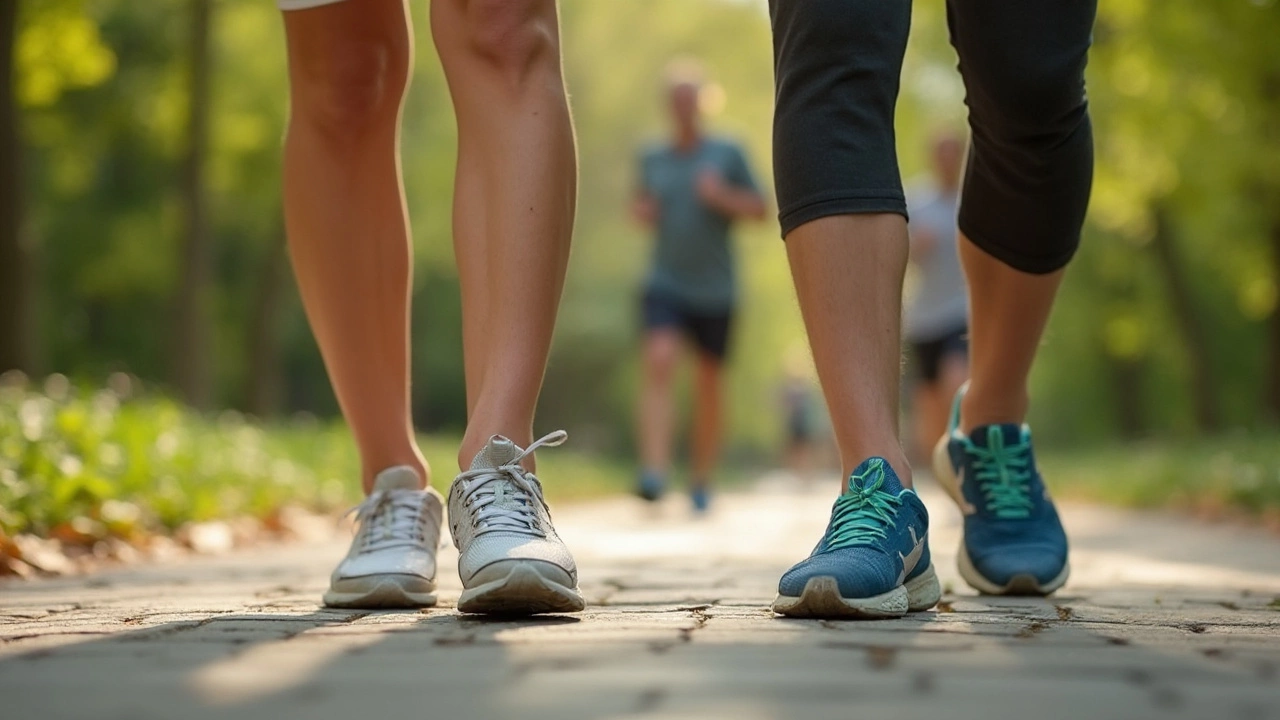
Shoe Support Essentials: Choose, Fit & Keep Your Athletic Footwear Right
Ever bought a pair of sneakers that felt great in the store, only to regret it after a few runs? Most of us overlook the real reason – shoe support. Good support keeps your feet stable, reduces injury risk, and makes every workout feel smoother. Below you’ll find straight‑forward advice you can use right now.
Pick the Right Type for Your Activity
First, match the shoe to the sport. Trail runners need lugged outsoles and extra arch control, while a gym‑focused lifter will benefit from a flatter, more stable base. Brands like Asics and Hoka each specialize in different areas: Asics often excel in cushioning for long‑distance runs, whereas Hoka offers maximal loft for shock absorption. Look at the shoe’s purpose on the label – it’s there for a reason.
Don’t be swayed solely by hype or colour. Check the midsole material – EVA is light and responsive, while polyurethane adds durability. If you’re unsure, read a quick review that mentions “support” or “stability” to see if it aligns with your needs.
Fit Matters More Than Size
Most people think shoe size is the only factor, but width, toe box shape, and heel fit are just as critical. A half‑size too big can cause slipping, leading to blisters or even Achilles strain. When you try shoes on, stand up, walk a few steps, and make sure there’s a thumb’s width of space between the longest toe and the front of the shoe.
If you have a high arch, look for models with built‑in arch support or consider an insole. Flat‑footed runners should gravitate toward shoes labeled “stability” or “motion control.” The right fit feels snug but not tight – you shouldn’t feel any pinching anywhere.
Buy shoes later in the day when your feet are slightly swollen. This gives a more realistic sense of how they’ll feel during a workout. And always bring the socks you plan to wear; bulky socks can change the fit.
Once you’ve got the perfect pair, keep them in good shape. Clean the uppers with a soft brush and mild soap, and let them air‑dry away from direct heat. Store them in a cool, dry place – excess humidity can break down the foam midsole faster.
Rotate between two or three pairs if you train often. This gives each shoe time to de‑compress and prevents the cushioning from flattening out too quickly. Most experts say running shoes lose their optimal support after about 300‑500 miles, so track your mileage and replace them before they become worn.
Lastly, don’t ignore the lace‑up technique. A tighter lacing pattern over the ankle can provide extra lockdown, while a looser knot at the top prevents pressure points. Small tweaks can dramatically improve how the shoe supports you.
With the right type, fit, and upkeep, shoe support becomes a simple part of your routine instead of a mystery. Next time you shop, remember these points and walk (or run) away feeling confident that your feet are well‑protected.
